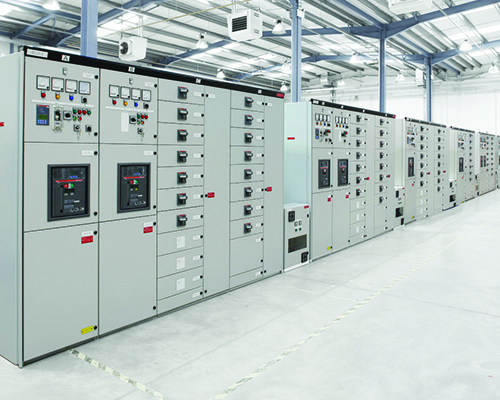Internal electrification of buildings involves the intricate process of designing, installing, and maintaining electrical systems within structures to ensure safe, efficient, and reliable power distribution. Skilled electricians, engineers, and contractors collaborate to plan the layout and configuration of electrical wiring, outlets, switches, lighting fixtures, and other components based on the specific requirements of the building and its occupants. This process begins with a thorough assessment of the building's electrical needs, considering factors such as the layout, size, occupancy, and intended use of the space. Design considerations also include compliance with building codes, safety regulations, and energy efficiency standards. During installation, electricians carefully route wiring and install electrical components according to the approved design plan, ensuring proper connections, grounding, and insulation to prevent hazards such as electrical shocks, fires, or short circuits. Quality materials and equipment are used to ensure the longevity and reliability of the electrical infrastructure. Additionally, internal electrification may involve the installation of auxiliary systems such as emergency lighting, fire detection, and security systems to enhance safety and security within the building. Regular maintenance and inspection services are provided to identify and address potential issues, ensuring the ongoing functionality and safety of the electrical systems. By investing in professional internal electrification services, building owners can create a safe, comfortable, and efficient environment for occupants while complying with regulatory requirements and minimizing energy consumption and operational costs.
